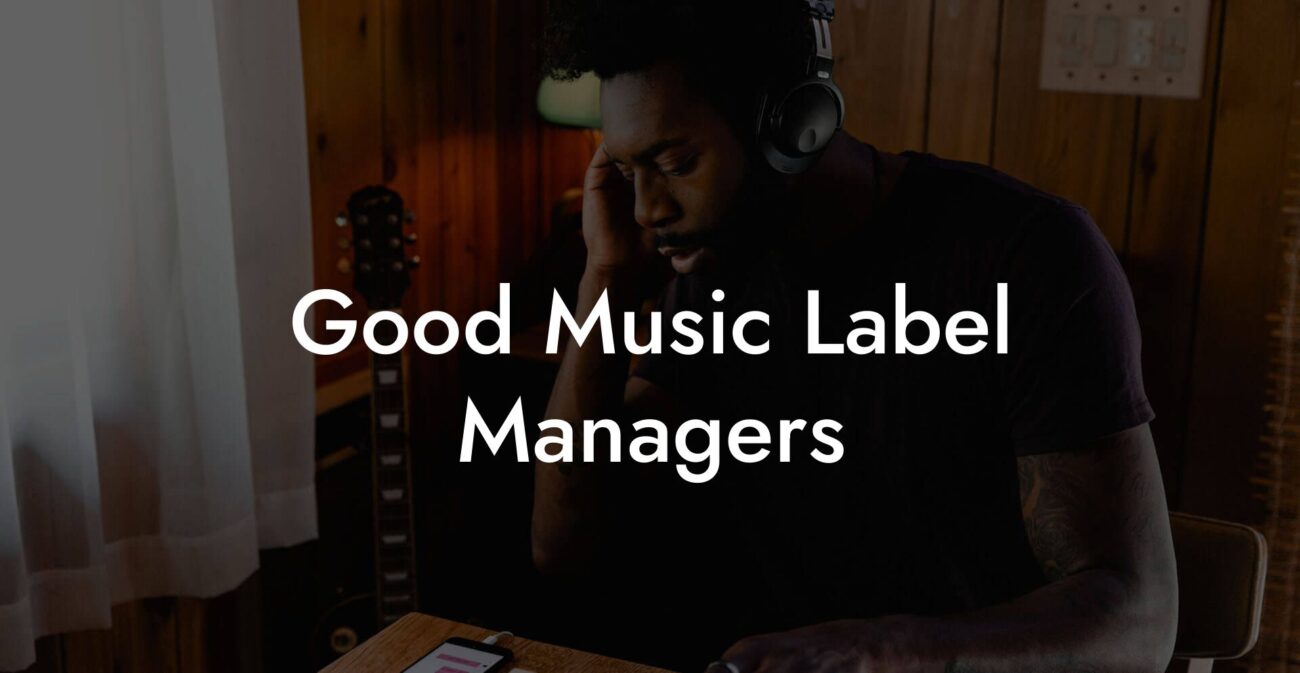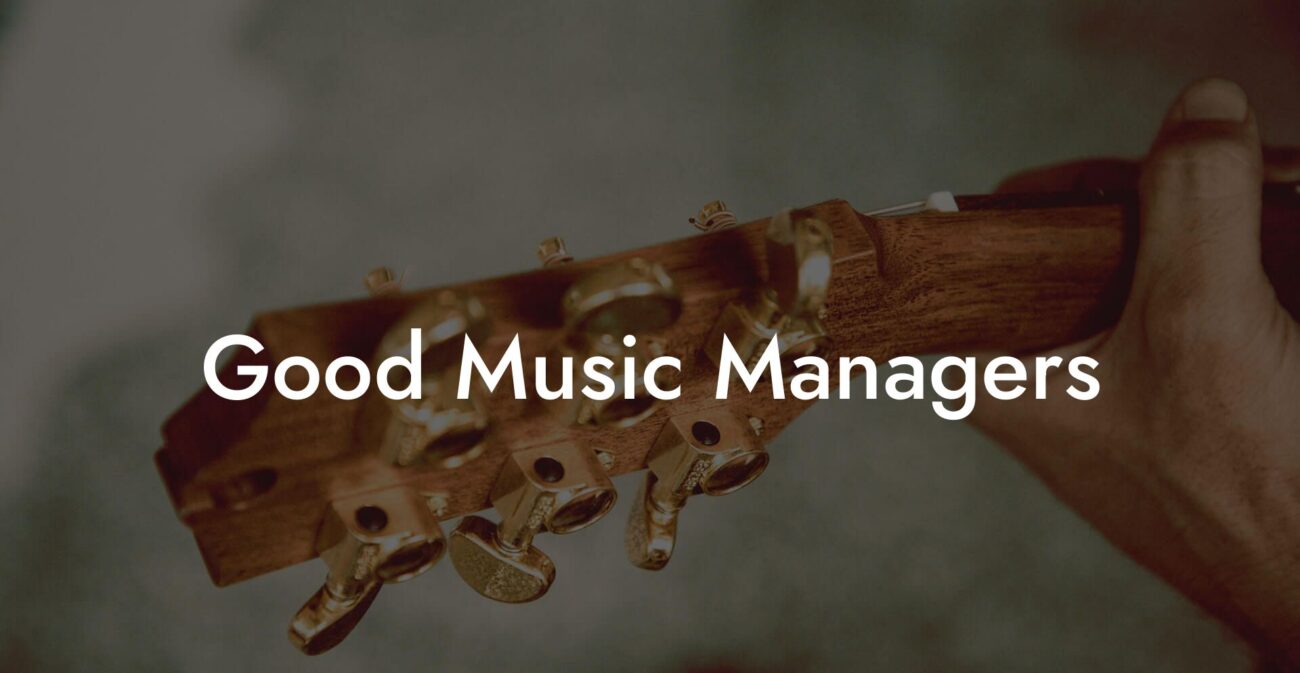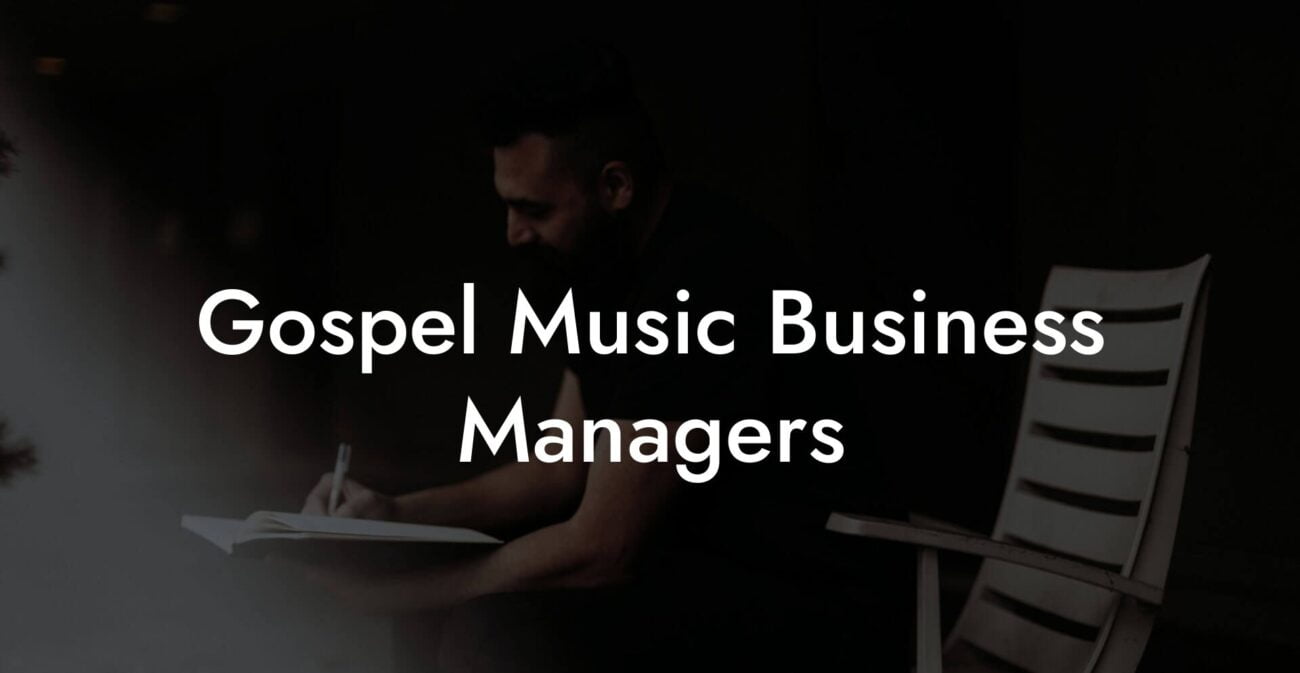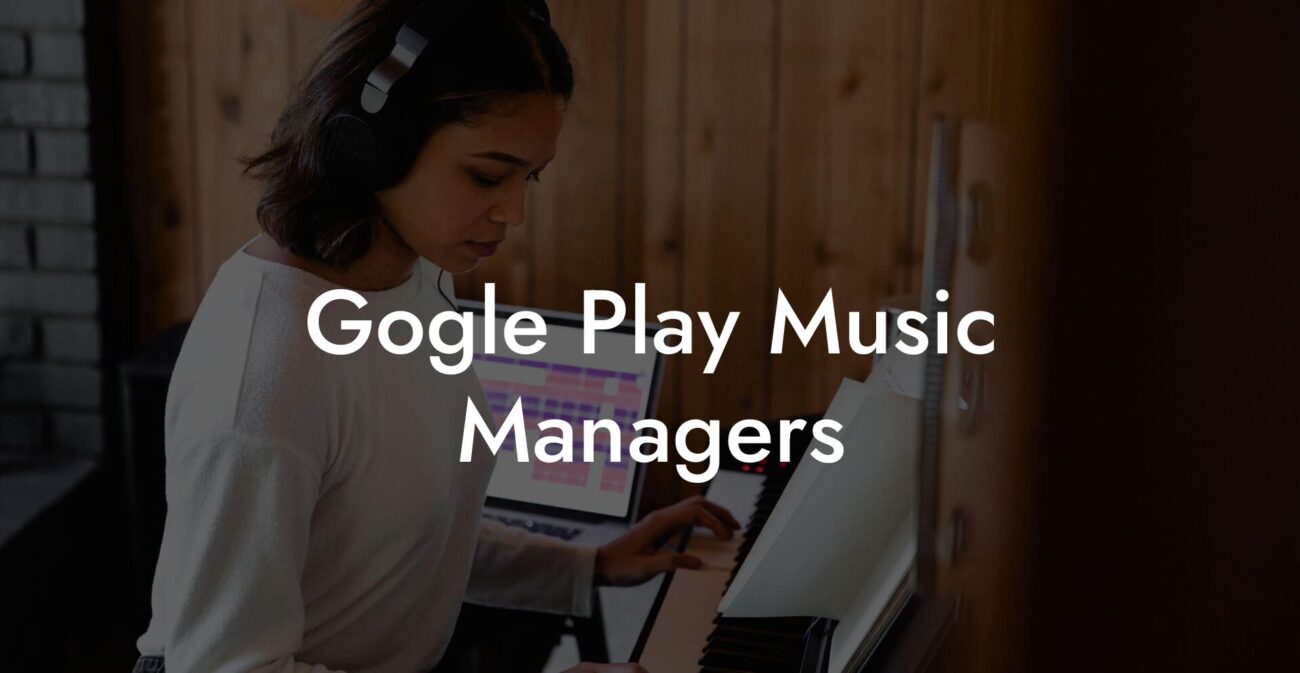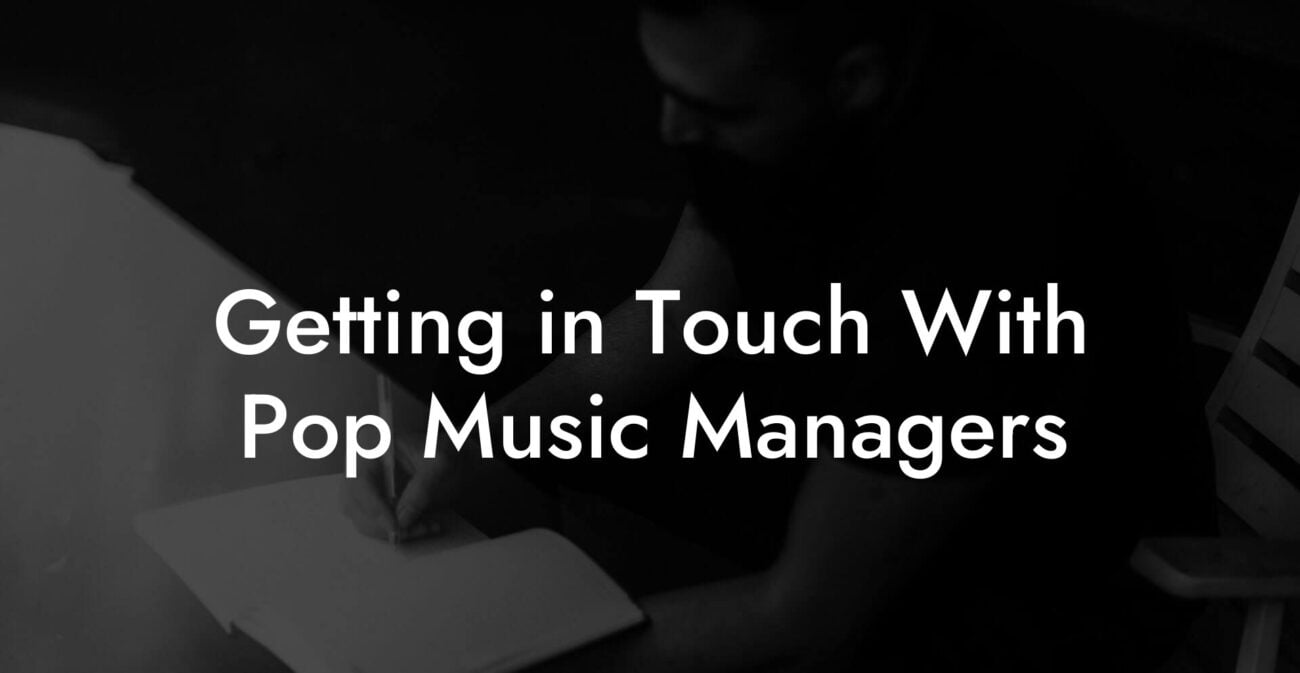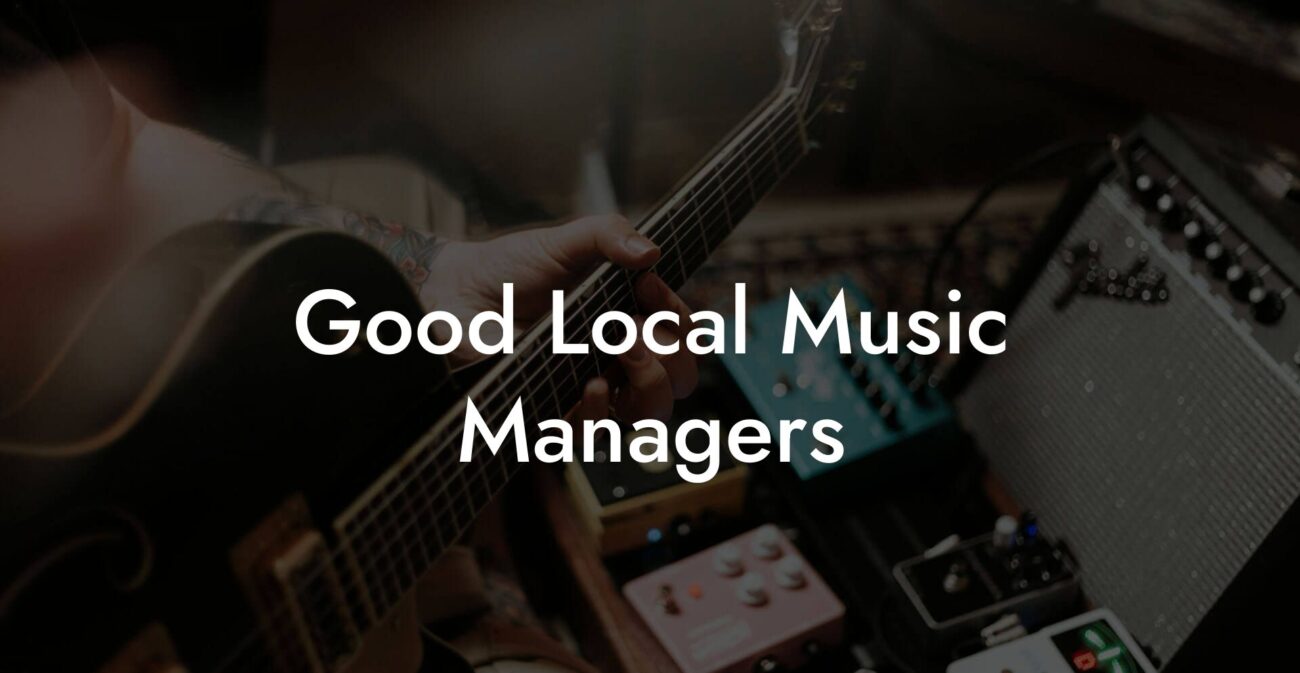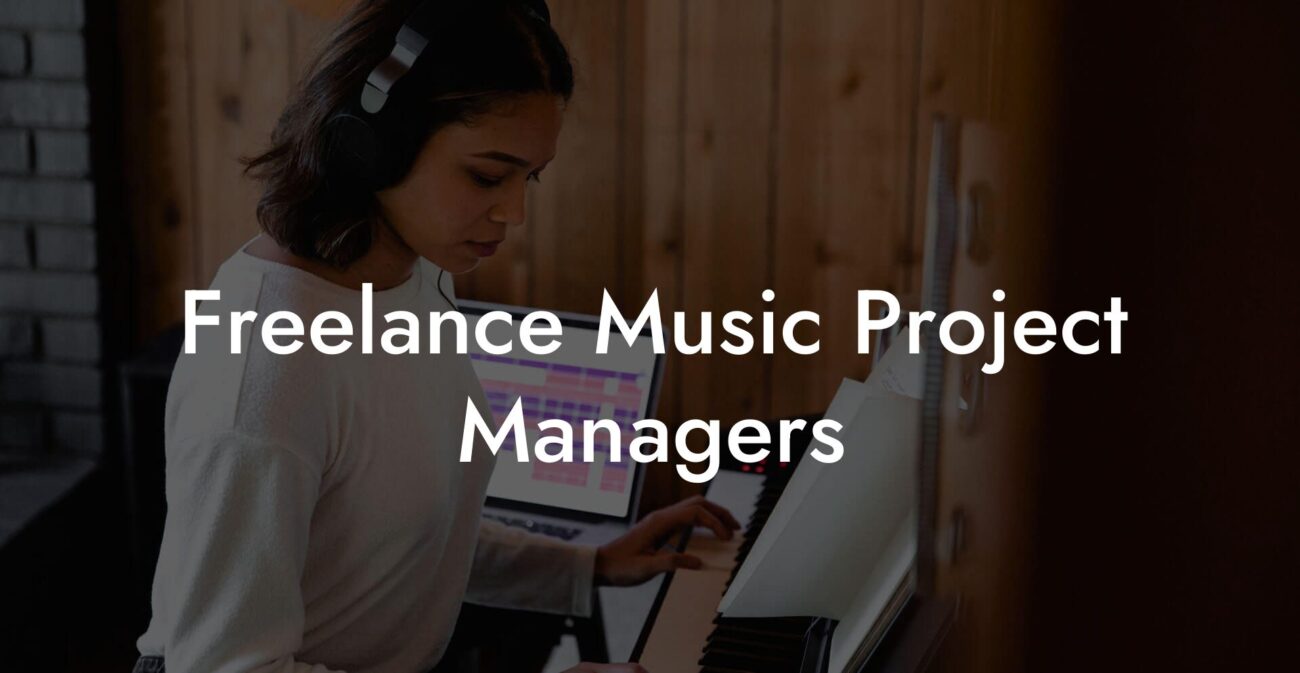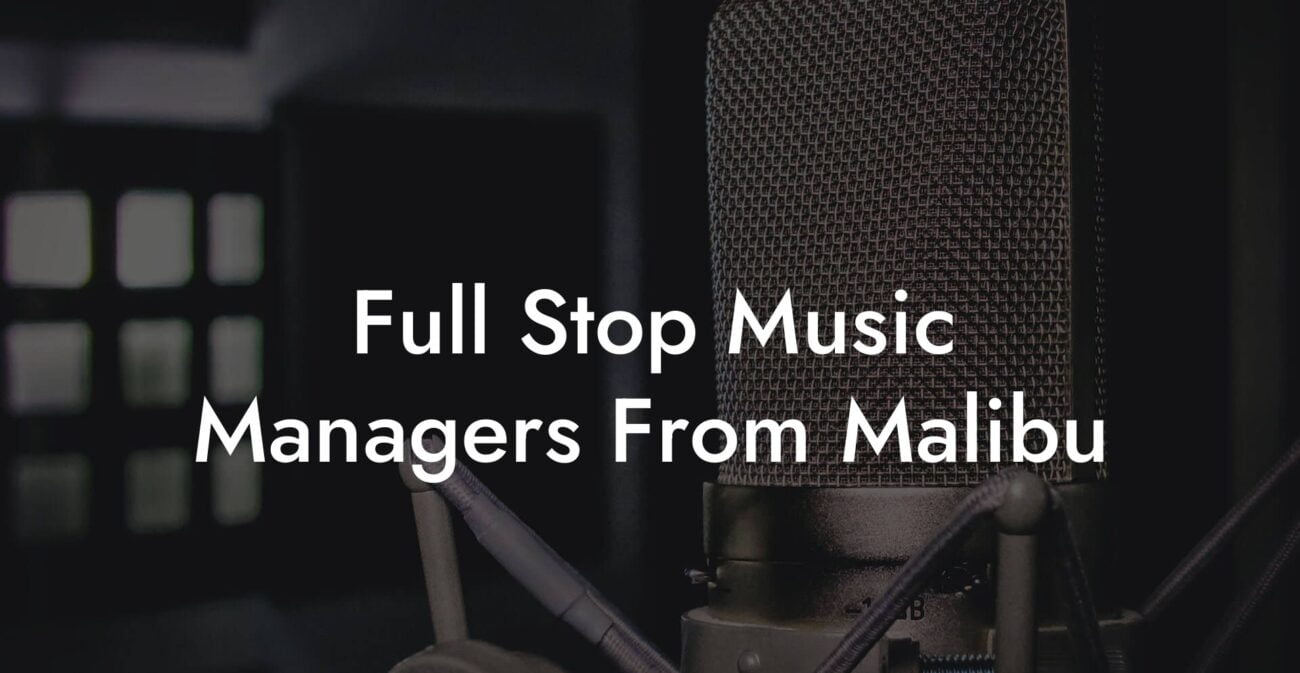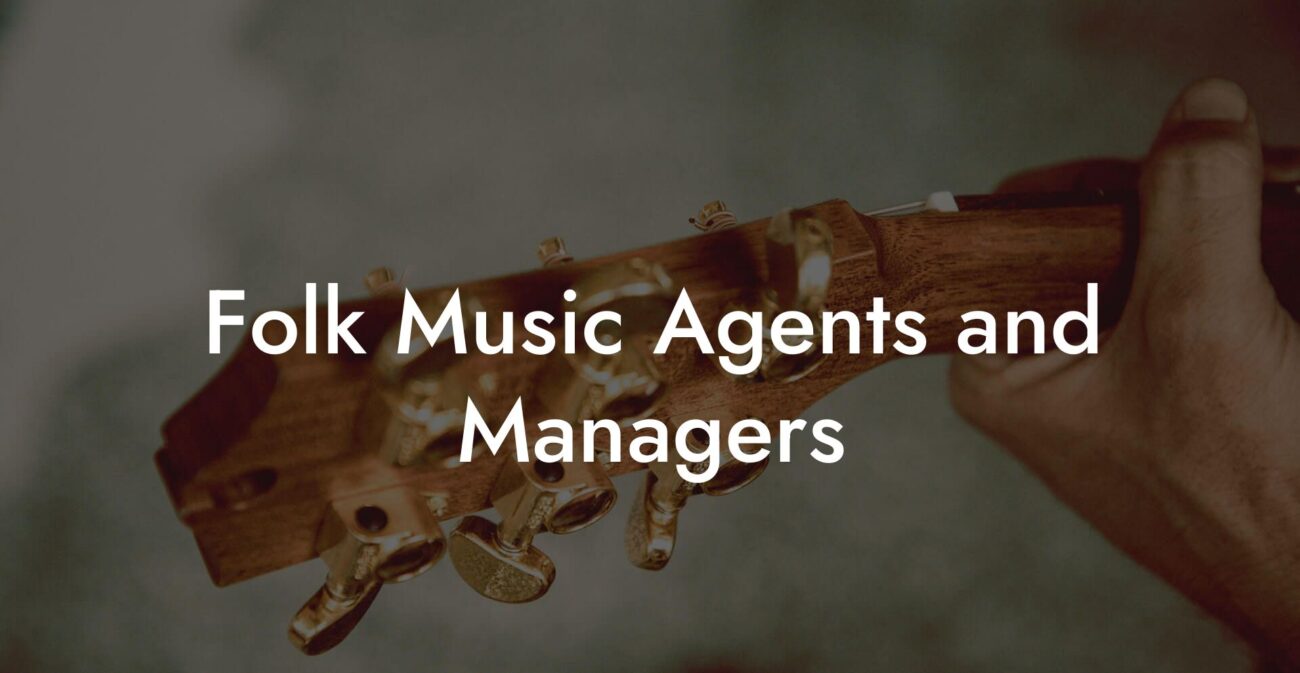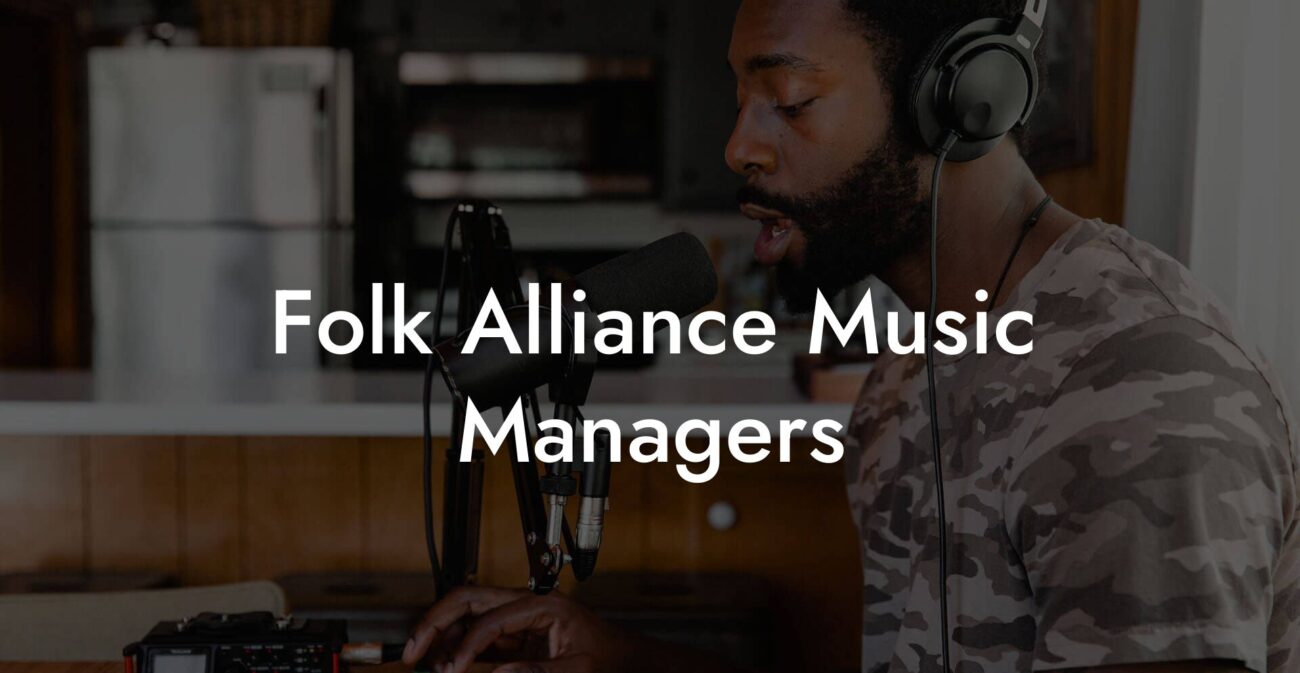Songwriting Advice
Write Punjabi Song

You want a Punjabi song that slaps live and makes your aunt text you a crying emoji. You want lines that feel like they came from a late night chai conversation. You want a chorus people sing at weddings, pubs, and on Instagram stories. This guide gives the exact process you can use to write Punjabi songs whether you speak Punjabi fluently, know a few phrases, or are learning on purpose to avoid sounding like a tourist at a punjabi wedding.
Quick Interruption: Ever wondered how huge artists end up fighting for their own songs? The answer is in the fine print. Learn the lines that protect you. Own your masters. Keep royalties. Keep playing shows without moving back in with Mom. Find out more →
Quick Interruption: Ever wondered how huge artists end up fighting for their own songs? The answer is in the fine print. Learn the lines that protect you. Own your masters. Keep royalties. Keep playing shows without moving back in with Mom. Find out more →
Quick Links to Useful Sections
- Why Punjabi Songs Work Right Now
- Know Your Punjabi Register
- Key Punjabi Terms and What They Mean
- Decide Your Song Type and Tempo
- Step 1 Pick One Core Promise
- Step 2 Build a Simple Structure
- Structure A Classic Pop Bhangra
- Structure B Punjabi Pop Hybrid
- Structure C Romantic Ballad
- Step 3 Create the Mukhda or Hook
- Step 4 Write Verses That Show Not Tell
- Step 5 Prosody for Punjabi Lyrics
- Step 6 Rhyme, Alliteration, and Punjabi Wordplay
- Step 7 Melody Tips
- Step 8 Arrange and Produce with Punjabi Flavor
- Bhangra or Party Tips
- Punjabi Pop Tips
- Romantic Ballad Tips
- Step 9 Hooks and Post Mukhda Tags
- Step 10 Collaborate for Authenticity
- Editing Passes That Work
- Examples You Can Steal and Adapt
- Template 1 Party Bhangra
- Template 2 Punjabi Pop
- Template 3 Romantic Ballad
- How to Use Romanization and Gurmukhi
- Promotion and Release Tips Specific to Punjabi Music
- Common Mistakes to Avoid
- Live Performance Tips
- Legal and Cultural Notes
- Checklist to Finish Your Punjabi Song
- Frequently Asked Questions
Everything here is written for millennial and Gen Z artists who want actionable steps and no nonsense. We will cover language choices, lyric craft, melody and prosody, structure, cultural context, instrumentation, production basics, and a finish plan so you can actually release something that works. I will explain every term and acronym so nothing is mysterious. Expect a few jokes and blunt honesty. You will leave with a complete workflow and concrete examples you can adapt to your sound.
Why Punjabi Songs Work Right Now
Punjabi music carries energy. Bhangra rhythms make feet move. Punjabi lyrics land hard because the language has a directness and musicality that translates to catchy hooks. Even outside Punjabi speaking communities people love the vibe because the music is physical and the melodies are emotive. Add contemporary production and you have global hits.
Real life example
- You are at a cousin party and the DJ plays a track where the chorus is just one catchy Punjabi line. Everyone sings it. Your phone fills with videos of your aunt lip syncing to the hook. That is the power of a strong Punjabi chorus.
Know Your Punjabi Register
Before you write, decide the voice of your song. Punjabi has different registers that change meaning and vibe.
- Colloquial or street This is the everyday Punjabi you hear in markets and on the street. It is blunt, salty, and great for hype songs.
- Romantic or shaayarana This is poetic voice. Use imagery and metaphors. It fits love songs and emotional ballads.
- Folk or regional This uses older words, proverbs, and regional phrases. Great for authentic sounding folk influenced tracks.
- Bollywood pop This is a polished mix. It keeps simple Punjabi phrases and blends with English lines so non Punjabi speakers can sing along.
Pick one voice and stick with it. Mixing registers can sound messy unless done intentionally for effect. Imagine you are texting one person the whole song. If you would not say it in that voice, do not put it in the lyric.
Key Punjabi Terms and What They Mean
- Mukhda This is a word from Hindi and Punjabi meaning the main hook or chorus line. Think of it as the part that everyone sings back. It usually repeats.
- Antara This means a verse where story or detail lives.
- Raag A melodic mode used in Indian music. If you are producing a fusion song you might borrow a raag feeling. For pop you can keep things scale based and still sound Punjabi.
- Taal This is the rhythmic cycle. In modern production we think in beats per minute or BPM. Taal is the traditional concept for pattern and cadence.
- Dhol A two sided drum used a lot in Bhangra and Punjabi music. It gives the track weight and bounce.
- Tumbi A high pitched plucked instrument with a bright twang. It is iconic in many Punjabi songs.
- Chimta A metal percussion tool that has a metallic clap sound used in many folk arrangements.
- BPM Stands for beats per minute. It tells you the tempo. For example 140 BPM feels driving while 80 BPM feels relaxed.
- DAW Stands for digital audio workstation. This is the software you use to produce music. Examples include Ableton Live, FL Studio, Logic Pro, and Reaper.
Decide Your Song Type and Tempo
Punjabi songs appear in a few common types. Choose one first so melody, lyrics, and production can follow logically.
- Bhangra or party Fast and loud. Typical BPM 140 to 160. Use big drums, heavy bass, and energetic tumbi riffs. Lyrics are short and chantable.
- Punjabi pop or club Mid tempo. Typical BPM 90 to 110. Blend dhol hits with 808 bass. Lyrics can switch between Punjabi and English. This is playlist friendly.
- Romantic ballad Slow and emotional. Typical BPM 60 to 90. Use harmonium, soft synths, light tabla. Lyrics are imagery rich and shaayarana.
- Folk fusion Tempo and style vary. You can use traditional instruments with modern beats. Lyrics lean regional and storytelling.
Real life scenario
You want to write a wedding banger. Choose Bhangra tempo. Keep the mukhda very short and chantable so it becomes the singalong moment during the entry of the bride or groom. Keep instrument choices loud and percussive so the song cuts through a noisy crowd.
Step 1 Pick One Core Promise
Every great Punjabi song centers on a single promise or idea. Write one sentence that states it plainly. This becomes your guiding star. Examples
- I am the only one he remembers when the music stops.
- Tonight we dance like tomorrow does not exist.
- She left a scarf and a thousand memories in my flat.
Turn that sentence into a short title or a repeatable line. In Punjabi songs the title is often the mukhda. Keep it short and emotionally clear.
Step 2 Build a Simple Structure
Pick a structure that fits your song type. Here are three reliable templates.
Structure A Classic Pop Bhangra
Intro, Verse 1, Mukhda, Verse 2, Mukhda, Bridge, Mukhda Repeat
Structure B Punjabi Pop Hybrid
Intro, Mukhda, Verse 1, Pre mukhda, Mukhda, Verse 2, Mukhda, Outro
Structure C Romantic Ballad
Intro, Verse 1, Mukhda, Antara, Mukhda, Middle eight, Final mukhda with adlibs
The mukhda should arrive early. If a listener cannot sing the hook by the end of the first minute you missed a commercial opportunity.
Step 3 Create the Mukhda or Hook
The mukhda is the heart. It should be repeatable, emotionally direct, and musically satisfying. Use short phrases. Keep vowels open so singers can belt in live situations. Punjabi vowel sounds like aa and oo are great at high notes.
Practical exercise
- Play a two chord loop for two minutes on guitar, harmonium, or synth. Use chords like I and V or I and vi. Keep it simple.
- Sing nonsense vowels over the loop until a melody gesture appears. Record your best 30 seconds.
- Turn that melody into a line in Punjabi. Use short words. Repeat the title twice in the mukhda.
Example mukhda in Roman Punjabi with translation
Roman: "Ni tu karda pyaar, ni tu samjhe na"
Meaning: "You do love, you just do not understand."
Make it shorter if you can. A one line mukhda can be very powerful. Example
Roman: "Aaja nach le"
Meaning: "Come dance."
Step 4 Write Verses That Show Not Tell
Verses tell the story. Use sensory detail. Punjabi language loves objects, food, and places. Pull in real life props.
Before and after example
Before: I miss you a lot.
After: Your slippers still sleep by my door. I walk past them like a criminal.
Use small time crumbs. Punjabi listeners love local details like names of towns, chai shops, or local food items. But do not overload. One specific detail per verse is enough. It gives authenticity without sounding like a geography lesson.
Step 5 Prosody for Punjabi Lyrics
Prosody is how words fit rhythm and melody. Punjabi has its own natural rhythms. Speak your lines at normal speed and mark the stressed syllables. Those stresses should land on strong beats. If a long Punjabi word feels awkward on the melody rewrite it. Simpler is better.
Real life drill
- Write a verse line in Punjabi.
- Say it out loud while tapping your foot to the beat.
- If stressed syllables fall off the beat change the word order or choose a synonym.
Example of prosody fix
Awkward: "Mainu teri yaad aundi rehndi hai" on a four beat phrase feels heavy.
Fixed: "Teri yaad rehndi" fits the groove because the natural stress lines up.
Step 6 Rhyme, Alliteration, and Punjabi Wordplay
Rhyme in Punjabi can be powerful but avoid predictable couplets. Use internal rhyme and consonance. Punjabi is rich in repeating sounds like ch, dh, k and r. Use alliteration for punch.
Wordplay example
Use a pun that works in Roman Punjabi and in English for cross market appeal. Example line
Roman: "Tera number blocked, par dil phone karde"
Meaning: "Your number is blocked but my heart still rings."
This mixes English and Punjabi. It is common in Punjabi pop. Keep the mix natural. If you are not fluent collaborate with a Punjabi speaker to avoid accidental errors.
Step 7 Melody Tips
Punjabi melodies can be simple and infectious. Focus on a clear contour and one signature leap. Use pentatonic shapes for catchy lines. If you borrow an Indian raag feel keep it light so it sits with modern production.
- Raise the mukhda a third above the verse for lift.
- Use a single leap into the title. The ear loves one strong jump followed by steps.
- Keep the chorus melodic range comfortable for live singers. Avoid absurdly high notes unless you have a vocal acrobat in mind.
Melody exercise
- Sing the mukhda on vowels only until you find a repeatable melody.
- Hum the same melody with Punjabi words. Swap words until prosody and melody match.
Step 8 Arrange and Produce with Punjabi Flavor
Instrumentation creates identity. Even a simple beat with a Tumbi riff can sound Punjabi. Here are arrangement ideas by song type.
Bhangra or Party Tips
- Use live Dhol or Dhol samples for authenticity.
- Layer modern 808 kick under the dhol to make it club ready.
- Tumbi riffs or high pitched synth stabs make a signature motif.
- Keep the mix bright. Add brass stabs for festival energy.
Punjabi Pop Tips
- Blend acoustic guitar or harmonium with sub bass.
- Use percussive loops and light dhol hits to keep the vibe Punjabi without sounding like a folk track.
- Sidechain the pads to the kick to give a pumping contemporary feel.
Romantic Ballad Tips
- Use harmonium, flute, and soft strings.
- Simple tabla and soft bass give warmth.
- Let the vocals be intimate. Keep reverb tasteful so lyrics are still clear.
Production vocabulary quick guide
- Compression Controls dynamic range. Think of it as smoothing volume peaks so vocals sit steady.
- EQ Stands for equalization. You use it to carve space so instruments do not fight the vocal.
- Sidechain A technique that ducks one sound when another plays. Common for making space for the kick drum.
- Sample pack Pre recorded sounds and loops you can use for drums and instruments.
Step 9 Hooks and Post Mukhda Tags
A post mukhda tag is a short repeatable syllable or line after the mukhda. It is the earworm. Keep it simple. Examples include a repeated word, a chant, or a taunt.
Example tag
Roman: "Ho ho ho" or "Aaja aaja aaja" or a name like "Sohniye" repeated with adlibs. These are easy for crowds to mimic.
Step 10 Collaborate for Authenticity
If Punjabi is not your first language collaborate with native speakers, poets, or local singers. Collaboration saves you from awkward mistakes and gives cultural texture. Pay collaborators fairly. The music industry is small and reputations travel fast.
Real life scenario
You wrote a mukhda that uses a regional word you think means love. You ask a Punjabi friend and they laugh because it actually means break up. Save yourself an angry lyric video by checking first.
Editing Passes That Work
Use a structured editing workflow so your song stops being meh and starts being memorable.
- Clarity pass Remove any line that explains rather than shows. Replace vague phrases with concrete images.
- Prosody pass Speak lines and move stress points to the beat.
- Rhyme and rhythm pass Tighten endings. Add internal rhyme for momentum.
- Performance pass Record multiple takes. Keep the one with personality even if it is imperfect.
Crime scene edit for Punjabi lyrics
- Underline every abstract word. Replace with a physical detail.
- Remove any line that repeats an idea without adding new information.
- Check for authenticity. Would a person from the region say this?
Examples You Can Steal and Adapt
Here are three short templates you can use. Change details, melody and production to make them yours.
Template 1 Party Bhangra
Intro: Tumbi riff 4 bars into dhol stomp
Verse 1: Numeric detail and place. Example: "Gallan market wali, phone vich no battery" meaning "Talking at the market, phone low on battery"
Mukhda: "Aaja nach le, aaja nach le" meaning "Come dance come dance"
Tag: "Ho ho galaan" repeated with adlibs
Template 2 Punjabi Pop
Intro: Soft harmonium with sidechained pad
Mukhda: Short emotional line in Punjabi with English punch line for wider appeal. Example: "Tera number blocked par heart still rings"
Verse: Small object detail like a scarf or coffee mug
Bridge: English line that sums up the feeling and builds back to the mukhda
Template 3 Romantic Ballad
Intro: Flute or rubab gently plays the main motif
Verse: Specific memory like "Sard raat te teri sweater" meaning "Cold night and your sweater"
Mukhda: One strong line repeated with harmonies. Example: "Mera dil tera" meaning "My heart is yours"
How to Use Romanization and Gurmukhi
If you write in Roman Punjabi and plan to release to Punjabi speaking markets include a Gurmukhi version for lyric videos and press materials. Gurmukhi is the script used in Punjab India. Transliteration means converting Gurmukhi into Roman letters. It is helpful for non native producers and for search engine reach.
Example line in both scripts
Gurmukhi: "ਮੇਰਾ ਦਿਲ ਤੇਰਾ"
Roman: "Mera dil tera"
English: "My heart is yours"
When you transliterate, keep the pronunciation intuitive. Use double letters for long vowels when needed. For example "aa" for long a sound. This helps singers and collaborators pronounce lines correctly.
Promotion and Release Tips Specific to Punjabi Music
Punjabi songs can explode on short video apps and at events. Here is a release checklist.
- Create a short hook video centered on the mukhda. Keep it 10 to 20 seconds long.
- Make a karaoke friendly lyric video with Roman and Gurmukhi lines.
- Send stems to DJs and local party promoters. Bhangra tracks spread at events first.
- Make a challenge for social media where people perform the tag or a signature move.
- Consider collaborations with regional influencers who will lip sync the mukhda to their audience.
Common Mistakes to Avoid
- Trying to fake authenticity If you do not know the language collaborate. Do not invent words that sound Punjabi. People notice and react badly.
- Overwriting Punjabi songs often win by saying one thing clearly. Do not write long verbose lines that bury the hook.
- Ignoring prosody A good Punjabi phrase can fail if stress does not hit the beat. Speak it out loud first.
- Overproducing Leave space for vocals and Tumbi. Too many elements make the track muddy.
Live Performance Tips
Punjabi songs live better when they are interactive. Ask the audience to sing the tag. Leave a one bar gap after the mukhda where people can shout a response. If you want a viral moment instruct a dancer or friend to do a simple move and tag it in the video description.
Legal and Cultural Notes
Be careful with traditional lyrics and folk songs. Many folk phrases are public domain but recorded arrangements may be copyrighted. If you use a melody or a lyric from a known folk song get clearance or credit. Cultural appropriation is a real conversation. Show respect by crediting collaborators and learning about the source material. Authenticity is not a marketing trick. It is a relationship.
Checklist to Finish Your Punjabi Song
- Core promise written in one sentence and turned into a short mukhda.
- Structure chosen and mukhda placed within the first minute.
- Verses with sensory details and one time or place crumb each.
- Prosody checked. Stresses land on strong beats.
- Production plan with at least two Punjabi instruments or motifs included.
- Roman and Gurmukhi lyric sheets prepared for release.
- Promotion plan that includes short video and local event outreach.
Frequently Asked Questions
Do I have to sing fully in Punjabi
No. Many successful Punjabi pop songs mix Punjabi and English. Use English lines to reach non Punjabi listeners. Keep Punjabi lines emotionally charged and simple. The balance depends on your target audience. If you want TikTok virality a bilingual hook can be powerful.
What if I am not fluent in Punjabi
Collaborate with a writer who is fluent. Use transliteration for phonetic help. Avoid making up words. Test your lines with native speakers to avoid unintended meanings. Pay contributors fairly and credit them.
How do I make a Punjabi mukhda catchy
Keep it short, repeat it, and make it easy to sing. Use open vowels and a melody with one signature leap. Add a tag that people can mimic. Production should give the mukhda space so listeners can latch on.
Which instruments define the Punjabi sound
Dhol and tumbi are iconic. Harmonium and flute can give a traditional texture. Modern Punjabi pop uses 808 bass, synths, and brass to create fusion. Pick one traditional element and blend it with modern production.
What tempo should I use for a wedding song
For a high energy wedding banger use 140 to 160 BPM. For a slow romantic entry use 70 to 90 BPM. Think about the moment and choose tempo accordingly.
How do I write Punjabi lyrics that translate well
Focus on universal feelings and local details. Keep the core idea simple so translations keep the emotion. Use short sentences and avoid complex metaphors that do not translate well.

